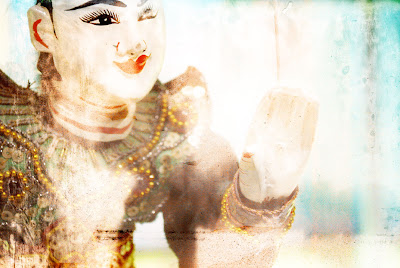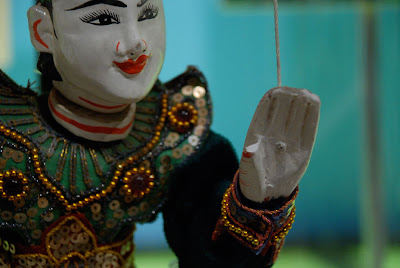
The three most important things I took away from my Photoshop classes at PNCA:
1. Blending modes (found in the layers palette) may follow some set of arcane parameters, but you don't need to bother knowing anything about them so long as you're building your image in a reactive manner— that is, you're not aiming for a specific outcome but are embracing chaos as integral to your design.
2. You need fodder. Alot of it.
And you can't rely on the low-res offerings of a Google image search to provide said fodder for you (for both practical, and ethical, reasons). The fodder you need should contain high-res images of all manner of subjects, textures, and colors. Even more importantly, rich fodder really needs an array of hand-made paint textures, tea stains, ink splotches, and scratched negatives that have been scanned into the computer.
Now, as I've been both photographer and painter for years, compiling such a library of source material was simple. After a few hours of scanning I had enough potential layers to last me a decade. Perhaps even more exciting was the realization that the aesthetic quality of this fodder was of little importance. Mediocre images of rocks and lichen could be blurry, poorly composed and underexposed; it wouldn't matter one bit when these images were applied as a blended adjustment layer to another image.
3. Know thyself. Infinite possibilities can lead to endless tasks, so without a solid sense of your aesthetic leanings you could end up working on one image for months.
If I'm working toward a deadline I'll start a project with a vague sense of what I'd like to convey and some imagery that might work together toward that end.
However, if I've just got a few minutes that I want to put toward playing with an image, I'll simply start layering textures and tones at various levels of opacity until I see a direction emerge. This is more an exercise in intuition than Photoshop technique, and while not all of the images are destined for any life beyond the hard drive, they are a good way to jump start the right side of the brain.
The photograph below was the starting point for the image above. I played around with it for about twenty minutes before moving on to other things. Other things like typing this.
I don't believe this image is finished yet. The left eye seems oppressively heavy, and there's not enough visual noise to disguise the string. But a starting point has been established and the direction found. All I need now is another twenty minutes.


No comments:
Post a Comment